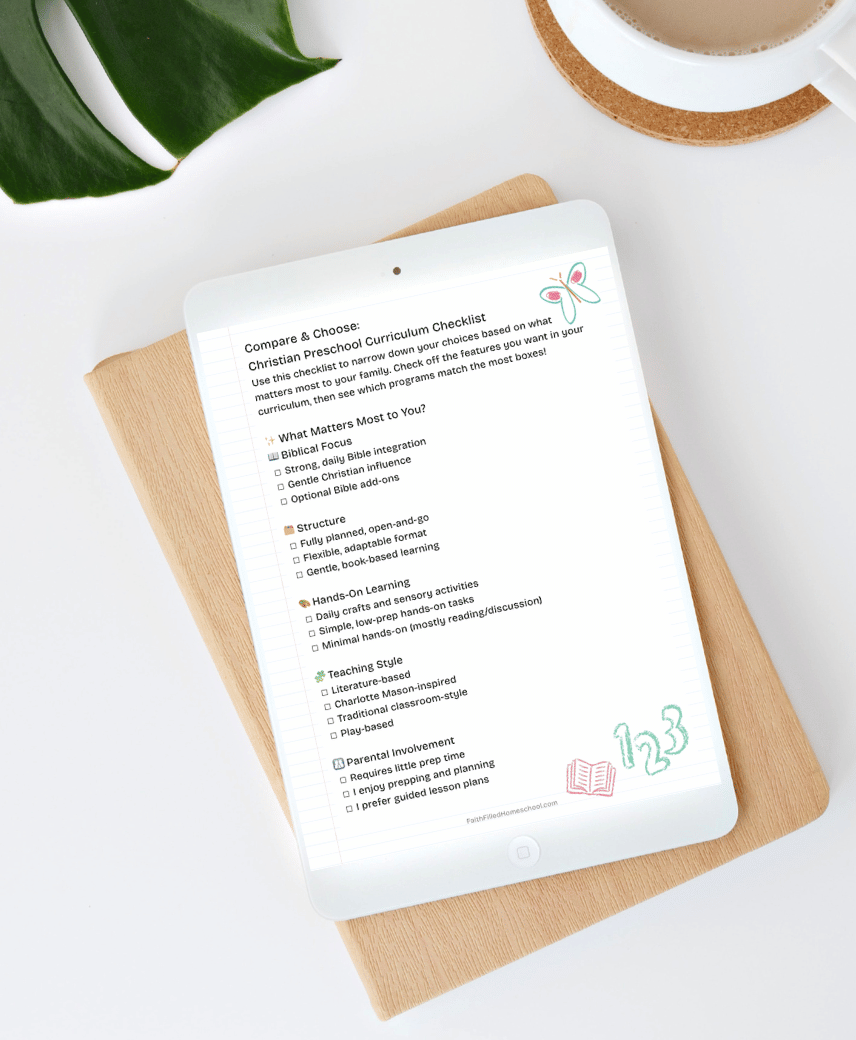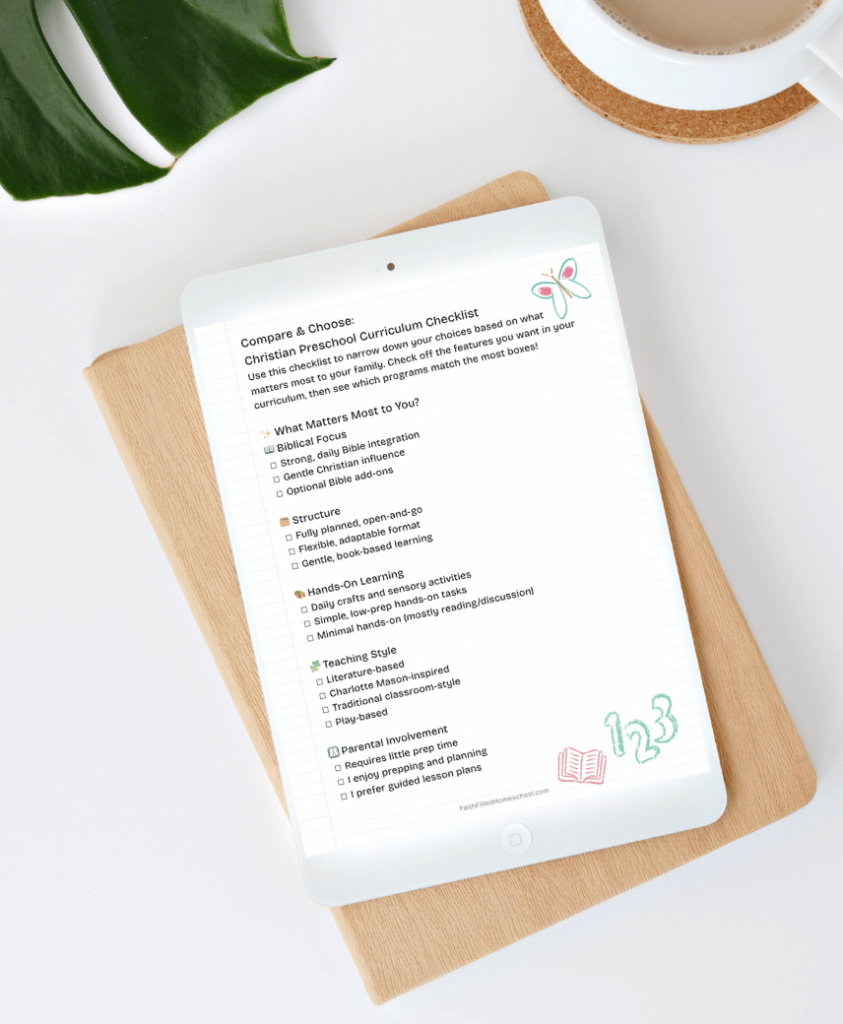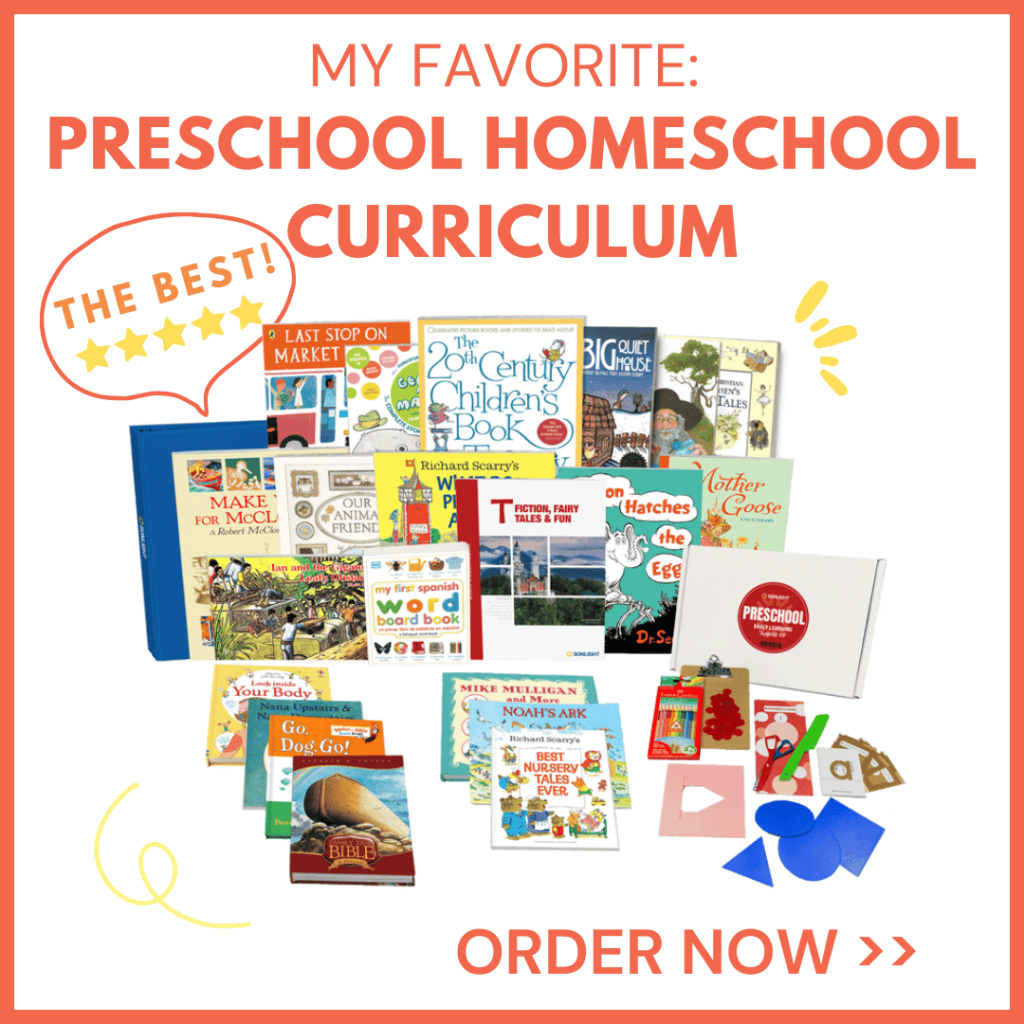DIY Homeschool Curriculum for Preschool
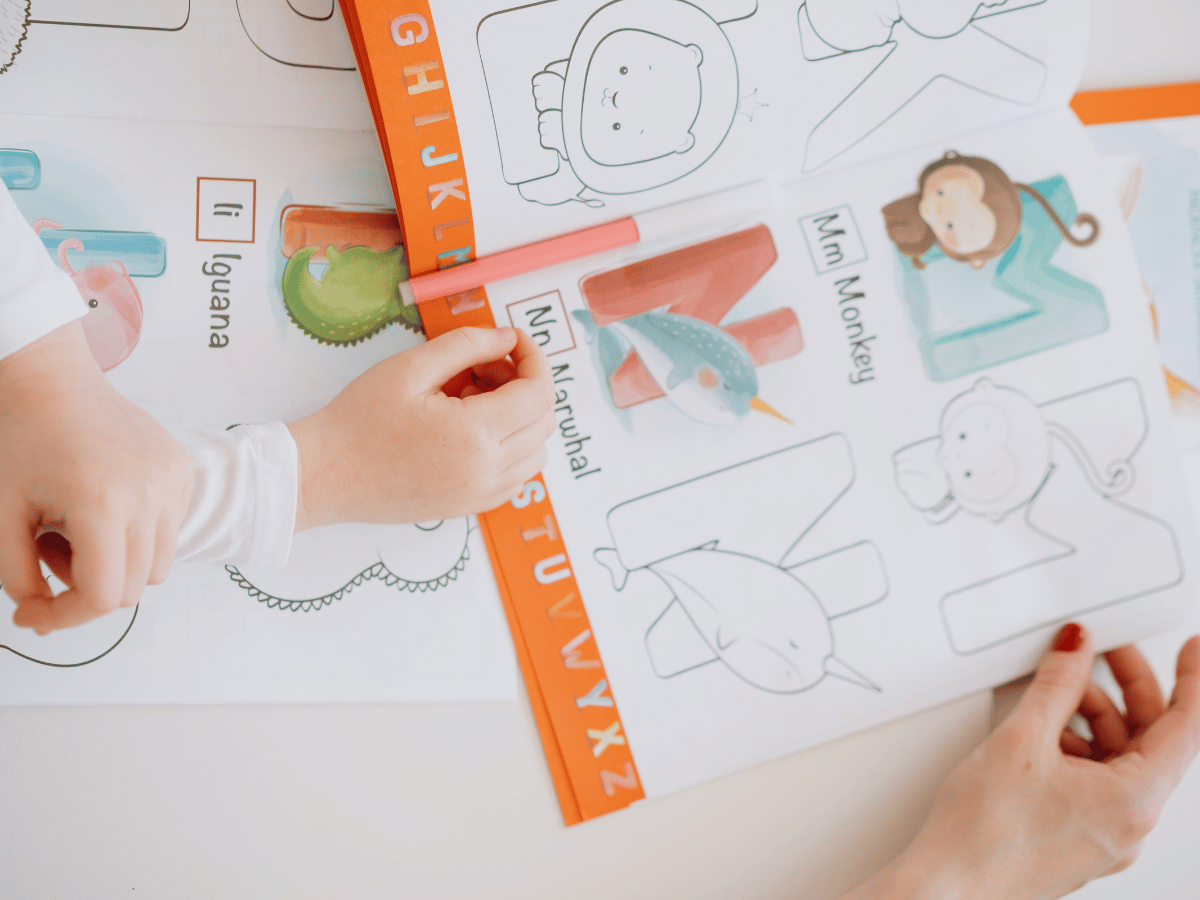
How to Create DIY Homeschool Preschool Weekly Lesson Plan
Simple Steps for a Joyful, Intentional Start to Learning at Home
Preschool at home doesn’t have to be overwhelming — in fact, it can be one of the most joy-filled, sweet seasons of homeschooling. If you’re feeling unsure about how to structure your week, let me assure you: you can absolutely create your own simple, meaningful lesson plans that work for your family.
Here’s how to create DIY homeschool preschool weekly lesson plans — with flexibility, faith, and fun in mind.
1. Choose a Weekly Theme or Focus
Start by picking a simple theme for the week. This gives your learning a gentle structure and helps you tie activities together. Some easy ideas include:
-
Colors: “All About Blue” or “Red Week”
-
Letters: Focus on one letter of the alphabet each week
-
Bible Stories: “Creation,” “Noah’s Ark,” or “Jonah and the Big Fish”
-
Nature: “Insects,” “Flowers,” “Seasons”
-
Nursery Rhymes: Build a week around “Twinkle, Twinkle” or “The Itsy Bitsy Spider”
Let your child’s interests and the seasons guide you!
2. Map Out Your Week with Simple Categories
Preschool doesn’t need to be packed with academics. Keep things light, playful, and hands-on. Here’s a sample rhythm you could use Monday through Friday:
-
Bible & Devotions (start each day with a short story or verse)
-
Literacy (read aloud, letter sounds, simple tracing)
-
Math & Numbers (counting, sorting, patterns)
-
Fine Motor Play (playdough, scissor skills, lacing cards)
-
Creative Time (crafts, painting, open-ended art)
-
Music & Movement (songs, dance breaks, fingerplays)
-
Outdoor/Nature Time (walks, bug hunts, gardening)
Write these down in a planner or use a simple weekly chart. Aim for short, 15-30 minute activities, and lots of free play!
3. Plan One or Two Activities Per Day
You don’t need a full schedule. Just plan one or two intentional activities each day — that’s plenty! Here’s an example for a week focused on the letter “B”:
-
Monday: Read Brown Bear, Brown Bear, go on a “B” scavenger hunt
-
Tuesday: Paint with blue & black, make bubble art
-
Wednesday: Bible story – Jesus Feeds the 5,000 (with bread and baskets)
-
Thursday: Practice writing the letter B, sing “Baa Baa Black Sheep”
-
Friday: Bake banana bread together, play with blocks
See how gentle and doable that is?
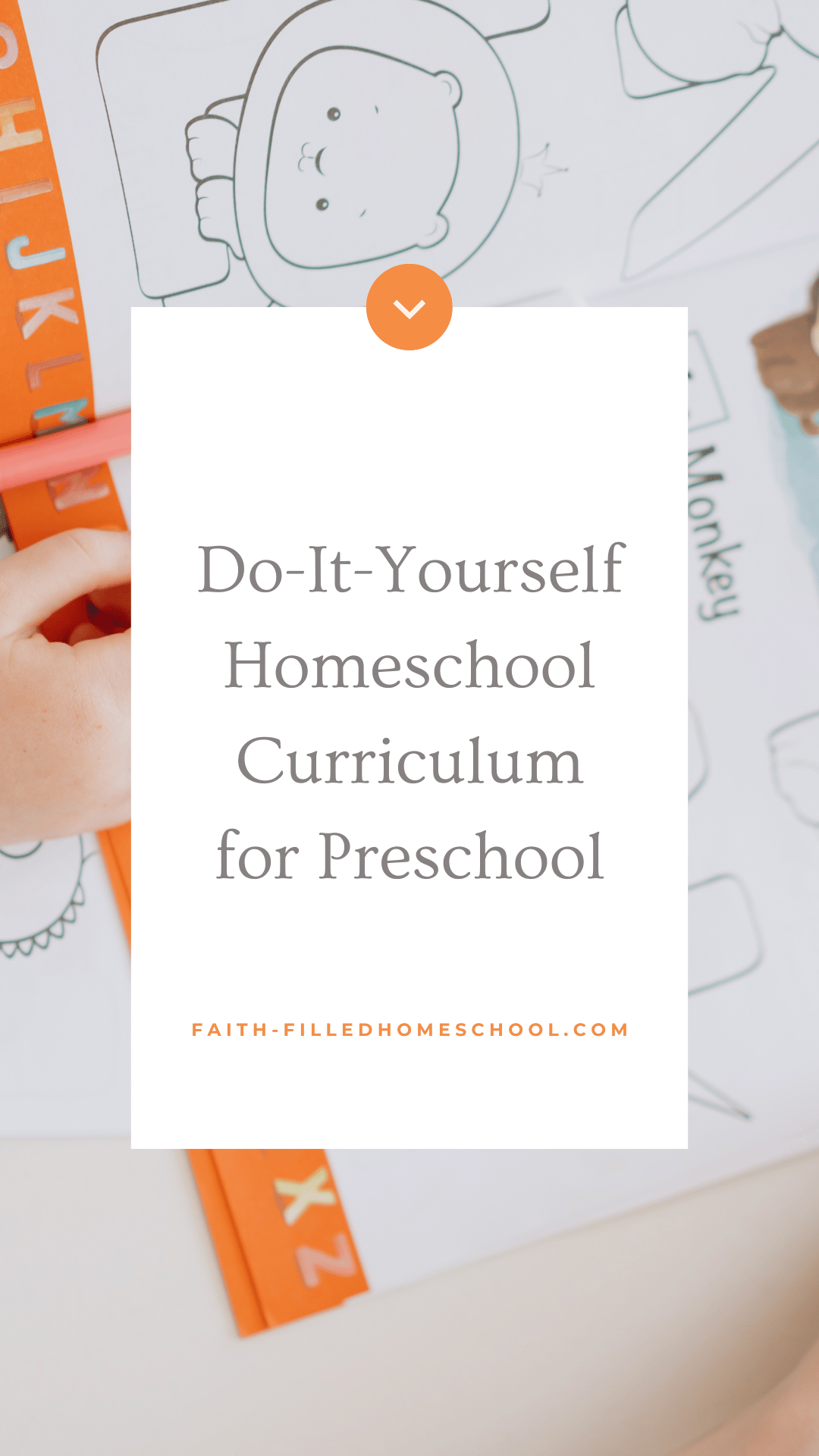
4. Keep God at the Center
One of the best parts of homeschooling is the freedom to bring Scripture into your child’s everyday learning. Start with prayer. Read a short Bible verse each day. Talk about how God made the world and how we can love others like Jesus.
Simple ways to include faith:
-
Letter of the week with Scripture (e.g., “B is for Believe – Mark 9:23”)
-
Songs of praise and memory verse songs
-
Bible-based crafts (like making a rainbow for God’s promise to Noah)
These small seeds planted now will grow big roots in your child’s heart.
5. Use What You Already Have
You don’t need a curriculum or fancy supplies. Use books from your home library, printable resources (like my free ones on Faith Filled Homeschool!), craft materials from the dollar store, and most of all — your child’s natural curiosity.
6. Prioritize Play — It Is the Curriculum
At this age, play isn’t just a break from learning — it is how young children learn best! Through open-ended play, your preschooler is building essential skills like problem-solving, creativity, communication, and emotional development.
Let them:
-
Build with blocks
-
Play pretend
-
Dig in the dirt
-
Splash in water
-
Explore sensory bins
-
Create with no end goal
Unstructured play fosters independence and imagination — and often leads to the sweetest learning moments. Resist the urge to overfill your week with structured activities. Leave margin for play, exploration, and discovery.
Your child is doing important work as they play, and giving them time to do that freely is one of the greatest gifts of homeschooling.
Want an amazing done-for-you preschool homeschool curriculum?
The one we use and love is Sonlight. You can learn more about why we love it HERE!
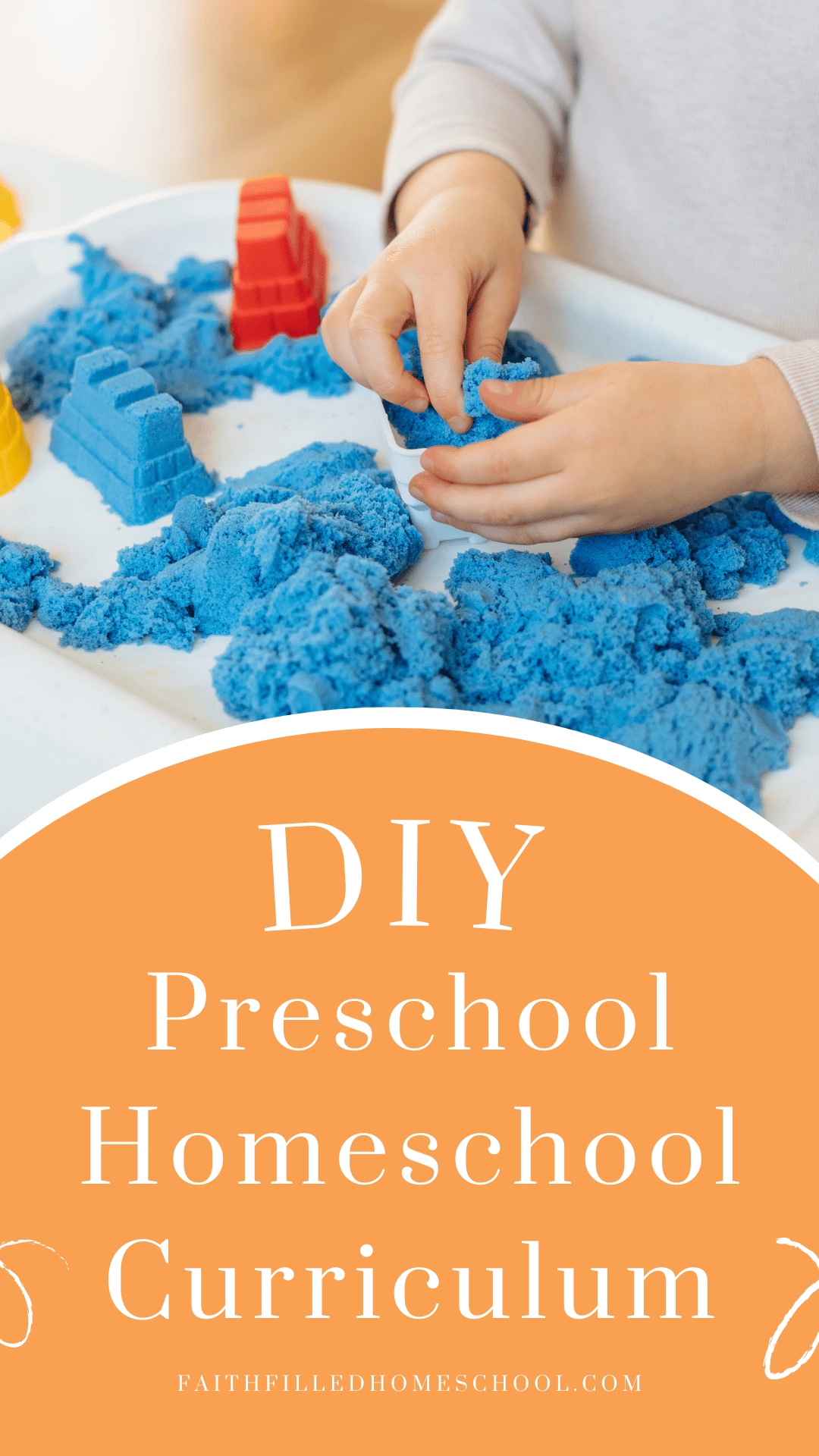
Not Sure Which Preschool Curriculum Is Right for You?
Grab your free copy of Christian Preschool Curriculum Checklist
